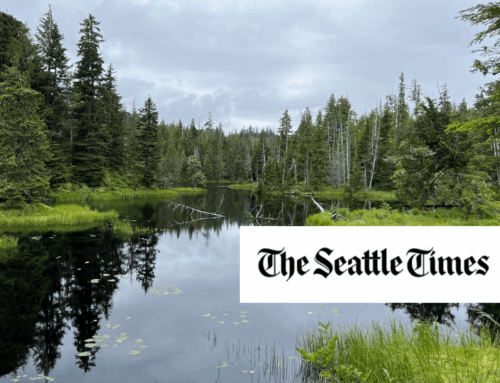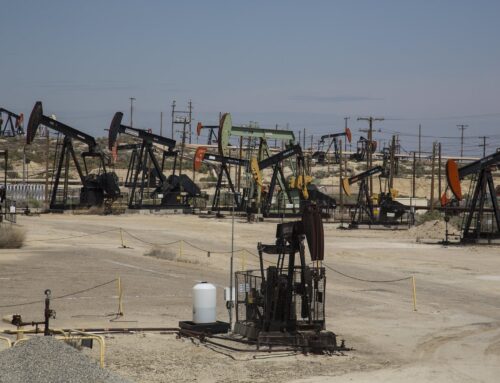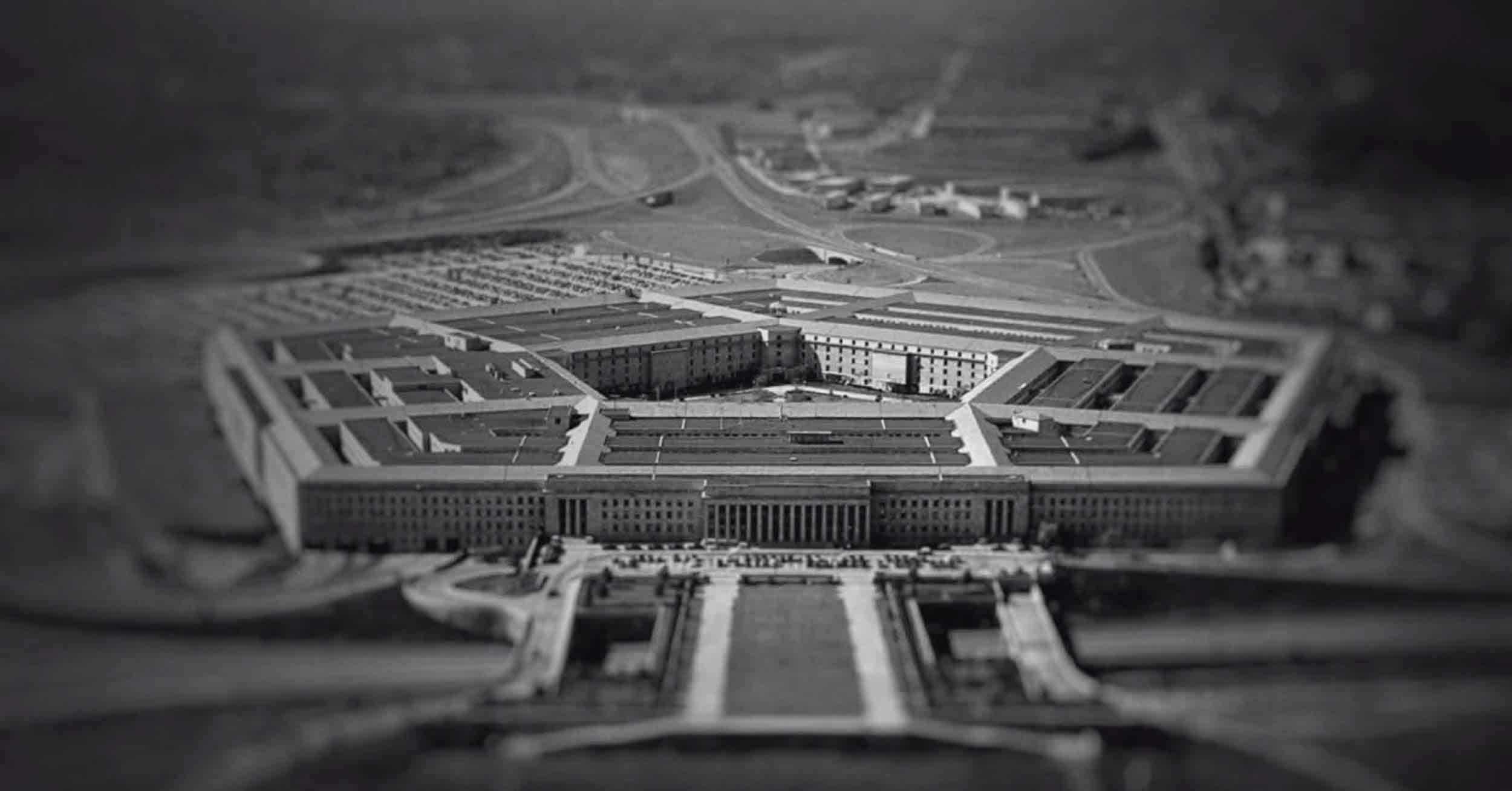Citizens of Wyoming are acutely aware of what is happening in the coal industry today, and there is understandably concern and alarm at the changes taking place. So the announcement that the Department of the Interior is conducting a comprehensive review of the federal coal leasing program has caused even more anxiety.
But the review is both warranted and well-timed. Audits of the federal coal program have found repeated and systematic breakdowns in the process that have created a leasing program that bears no resemblance to the one originally envisioned by Congress. For decades, the coal leasing program has been undervaluing federal coal, costing taxpayers billions of dollars.
The problems with today’s coal leasing program can be boiled down to lack of competition, problems with valuation, and lack of transparency.
 In its 1976 reforms, Congress directed the Bureau of Land Management to establish a competitive leasing system where the agency would guide the planning and development of coal producing regions. In 1990, BLM began using the lease-by-application process as its primary leasing method, and since then about 90 percent of lease sales have been for maintenance tracts that received only one bidder, which was usually the company that submitted the lease application. In fact, the last new mine to break ground on a federal lease in the Powder River Basin in Wyoming was the North Rochelle mine almost 35 years ago.
In its 1976 reforms, Congress directed the Bureau of Land Management to establish a competitive leasing system where the agency would guide the planning and development of coal producing regions. In 1990, BLM began using the lease-by-application process as its primary leasing method, and since then about 90 percent of lease sales have been for maintenance tracts that received only one bidder, which was usually the company that submitted the lease application. In fact, the last new mine to break ground on a federal lease in the Powder River Basin in Wyoming was the North Rochelle mine almost 35 years ago.
Because there is no competition for federal coal leases, it is up to the BLM to estimate the fair market value of the coal. This already difficult task has been made even more difficult by the secrecy that surrounds the process. Developing fair valuations for tracts is both difficult and controversial. There are problems attempting to value coal by comparing competitively bid leases to lease tracts that lack competitive appeal because the tracts have been drawn to maximize profits of the bidder, not the taxpayer.
BLM could draw on outside expertise to estimate fair market value, but BLM does not typically make documents used to estimate fair market value publicly available, even though its guidance states that a public version of the appraisal document should be prepared. Nor are BLM state offices even documenting the rationale for their appraisal process. It is a black box.
The feds can learn something from states that also manage coal leasing. In Montana, for example, bids for state coal tracts are made public, and the state can then benefit from public input about its fair market value estimates and adjust estimates up or down if necessary.
All of this is important to federal taxpayers, especially those who live in states with significant coal production from federal lands. Revenues from federal coal leases are split equally between the federal government and the state in which the coal lease is located. Royalties from federal leases in Wyoming totaled a little more than $2.3 billion over the last five years. With nearly 8 billion tons of recoverable coal already leased on federal lands, Wyoming encompasses almost 90 percent of the coal available from federal lands. Improving the federal system will benefit Wyoming the most.
Thirty years ago, during the Reagan administration, Interior conducted its last major review of the federal coal program. Today’s coal industry is in a moment of transition, driven largely by shifting technology in the energy industry. But the coal industry will emerge from this process and continue, because the demand for domestic coal in energy generation will continue for decades to come. Ideally, both the coal industry and the federal coal program will emerge from the self-evaluations that are underway in a position to better meet the demands of energy markets and ensure a fair return for the resources federal taxpayers own.
— Ryan Alexander is president of Taxpayers for Common Sense.










